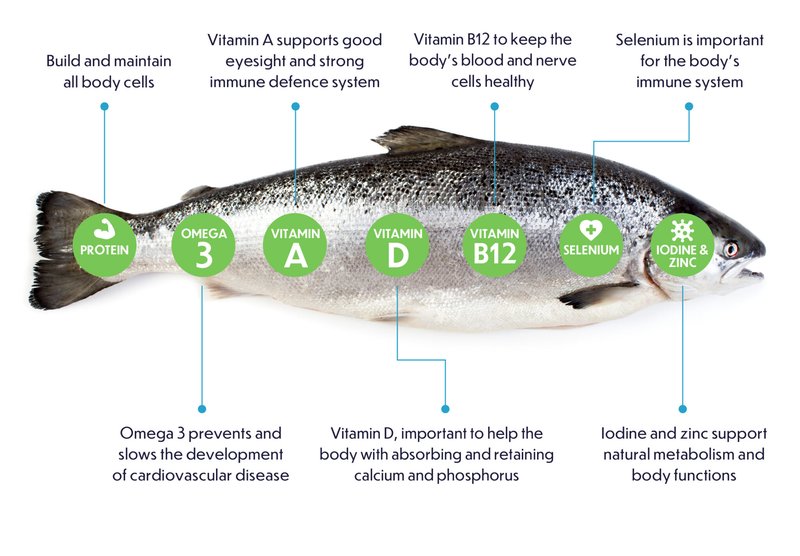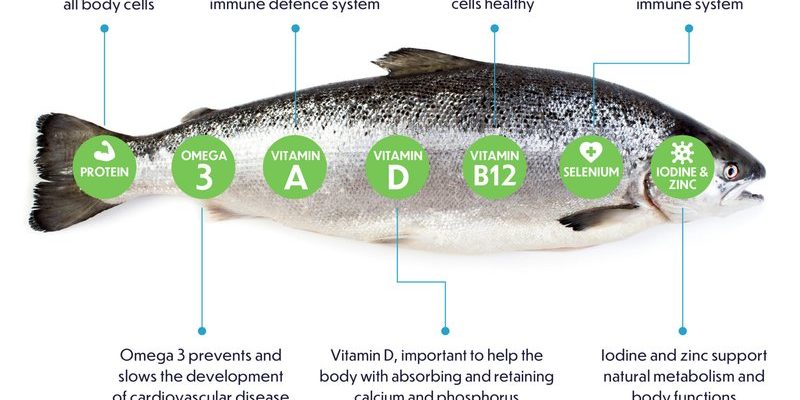
The Life Cycle of Salmon: An Overview
Salmon are born in freshwater, migrate to the ocean, and then return to their birthplace to spawn. This journey shapes their diet dramatically. In the early days, salmon fry (that’s the baby salmon) feed mostly on small insects and zooplankton. Think of them as tiny, hungry travelers looking for snacks along their journey.
As they grow into smolts, they start venturing out to sea where their diet changes once more. Here, they feast on a variety of marine life including small fish, krill, and squid. This diet is essential for preparing them for the long migrations back to freshwater to spawn. The food they consume influences not just their growth, but also their reproductive success.
In freshwater, young salmon primarily rely on zooplankton and insects. During the early fry stage, they’re like tiny vacuum cleaners, sucking up whatever small food items they can find.
They develop their feeding strategies based on their surroundings. For example:
- Surface Feeding: In shallow waters, they can easily snap up insects that land on the water surface.
- Subsurface Feeding: As they grow, they dive deeper to catch more elusive prey, like tiny shrimp and larvae.
Their ability to adapt is quite impressive. In times of food scarcity, young salmon can resort to less desirable food sources, demonstrating their survival instincts. This adaptability is crucial since it helps them grow strong enough for the transition to saltwater.
Diet in Saltwater: The Salmon’s Ocean Feast
Once salmon transition to saltwater, their menu gets even more exciting. In the ocean, they turn into hunters. Adult salmon primarily feast on:
- Fish: They love small fish such as herring and sand lance.
- Crustaceans: Shrimp and krill are staple foods that provide essential nutrients.
- Squid: These are a tasty and energy-rich option in their ocean diet.
The energy they gain from these meals is vital for their long migration back to freshwater. It’s like loading up on carbs before a marathon! Here’s the thing: the ocean is rich in nutrients, so salmon thrive on a diverse diet, which helps them grow larger and healthier.
Feeding Behavior: How Do Salmon Hunt?
Salmon have some interesting hunting techniques that allow them to maximize their food intake. They’re generally opportunistic feeders, meaning they’ll eat whatever is available. Their hunting methods vary, and they can exhibit social behavior when looking for food.
One common technique is:
- Group Feeding: Salmon often hunt in schools, which helps them corner prey more effectively. Working together, they can make quick work of schools of small fish.
Additionally, salmon are known for their keen eyesight. They can spot food from a distance and will often leap out of the water to catch flying insects. It’s a reminder that being a salmon is a full-time job, and they have to be on the lookout for their next meal at all times.
Seasonal Changes and Their Impact on Diet
The diet of salmon isn’t static; it evolves with the seasons. For example, during spring and summer, they have access to more food sources. In contrast, fall and winter present challenges, as many food sources dwindle.
Here’s how changes in the environment affect their diet:
- Temperature: Warmer waters lead to increased activity of prey species, giving salmon more options.
- Spawning Season: As salmon prepare to spawn, they may stop eating altogether, focusing all their energy on returning to their birthplace.
These seasonal adjustments are crucial. Salmon must be strategic about their feeding habits to ensure they can survive and reproduce effectively.
The Importance of Diet for Salmon Health
A balanced diet is essential for salmon health and survival. The variety of foods they consume provides necessary nutrients for growth, energy, and reproduction. Just like humans need a well-rounded diet to feel good, salmon rely on a mix of proteins, fats, and vitamins from their food.
The quality of their diet impacts not only their growth but also their overall health in terms of disease resistance and longevity. For example, salmon that have access to rich food sources tend to have higher survival rates.
Additionally, an imbalance in their diet, especially in hatcheries, can lead to health issues. Maintaining a healthy feeding regimen in controlled environments is just as important as in the wild.
Conservation and Dietary Impact
As you might imagine, the diet of salmon is closely tied to the health of their habitats. Overfishing, pollution, and habitat destruction can severely affect the availability of their food sources. When salmon populations decline, it can create a ripple effect throughout the ecosystem.
Conservation efforts are important not just for salmon but for the entire aquatic environment. Sustainable fishing practices and restoring natural habitats can help maintain healthy salmon diets and populations.
In conclusion, the diet and feeding habits of salmon reveal a lot about these incredible fish and their environments. Understanding what they eat helps us appreciate their role in the ecosystem and the importance of protecting their habitats. So, next time you see salmon on your plate, you’ll know a bit more about the journey those fish took—their adventures beneath the waves, where they found their meals, and how vital it is to keep their world thriving.

